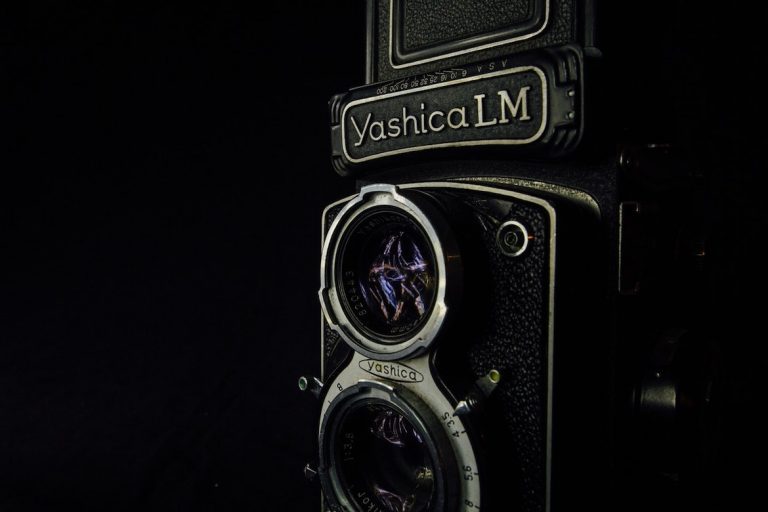
As a follow up to our previous blog on visual appeal in branding, here are a few more aspects to focus upon in the visual aspect of your branding:
-
Visual Storytelling
Ever tried telling your workgroup a great marketing story, and realised midway that you’ve lost their interest?
Ever tried telling them the same story, and showing them some eye catching visuals? Noticed the difference?
According to HubSpot, your content can generate up to 94% more views and get the attention of up to 67% of your audience – if you add compelling visual elements and graphics. No surprise really as visual storytelling is something that started back way in the caveman days. Just as it did then, visuals can help you tell your stories with deep impact and strong emotion now also.
The key to do this successfully is to ensure that you have the right visuals to tell the story as powerfully as possible. Something you may consider obvious but cannot be overemphasised nonetheless, is that you need to know the story before making visuals for it! Only then can you use this medium effectively.
When selecting visuals to include in your story, ensure that they correctly convey your brand personality. Work out which colours, designs and images are authentic to your brand, and integrate them into your story. For example, consider if you want to articulate your brand as warm and friendly, or as sleek and modern – then choose accordingly.
Also, remember that any visuals you use to tell your story should be understood easily. In fact, be explicit and make sure that any reasonable assumption a viewer would make must be true. You may see the implicit connection of your image to your story, but your audience may not. For example, this photo by Eddie Adams is easily understood by someone who served in the Vietnam War as telling the whole story of the war.
However, for someone who was born after the war it may just appear to be a picture of one man shooting another – with no relation to the actual Vietnam War. Therefore, don’t limit your visual story to just one image. Rather use several images that when put together can be understood as a complete story.
Further, when choosing visuals, be sure that they will form a connection and relationship with your audience. What emotion do you want to evoke in your audience for that part of the story? Remember, emotions play a massive role in how your audience will react and act – they can drive decisions, prompt actions, and change mind-sets. A great example is the following advertisement by Dove for their Real Beauty campaign, where they tell the story of how one tweet started a trend to make social media a more positive place:
https://www.youtube.com/watch?v=_cncxoJPwBw
-
Appropriate Imagery
When it comes to selecting the right images, you’ve probably heard of all the technical points that matter: lighting, composition, tone, style, etc. However, there are more than these technical aspects to keep in mind when it comes to creating a powerful visual.
Firstly, keep it real. Consumers want to believe that what they are seeing is authentic and original. Gone are the days where obviously photoshopped, studio and cheesy stock images are acceptable. Now, audiences want to see imagery that depicts real life scenarios. Therefore, choose images that show real, actual moments, even if they’re not perfect. A great example of this is by comparing Getty’s most popular baby images from 2007 and 2012.
See how the 2012 image is more realistic than the 2007 one?
Secondly, keep it relevant to your audience. Feature people who resemble your target audience. For example, if your product is targeted at young working professionals, then it wouldn’t be appropriate to feature babies or elderly people. A word of caution though: avoid exclusivity and be certain to use images that ensure diversity. Cheerios made a great advertisement in 2013 featuring a mixed race family which received wonderful responses such as this one from Beschelle Lockhart: “Having been mixed in the 70’s, I’d like to thank everyone at Cheerios for making a commercial with an interracial couple! Going to buy boxes today! Many thanks for reflecting what my family looked like.”
Thirdly, keep it consistent with regards to colour, cropping, filters and orientation. Having a consistent photo style helps build recognition for your brand. However, don’t be scared to think out of the box. Clothes retailer, DueMaternity.com did something radical by placing 360-degree spin images on their website to showcase their range of maternity clothing. The result? Conversion rates with pages that have these 3D images are 27% higher than pages with standard imagery.
-
Visual Layout and Typography
Just like you match each item of clothing to make sure they fit well, you also need to match the layout and typography you use in all of your visuals. Your brand is your identity, and to build it, you need to keep your layout specific and consistent.
Ensure that your logo appears in the same place on all pages on your website, and that your logo, business card and website follow the same theme. For example, if your theme is black and white, then ensure that all imagery you use follows this.
Choosing the right font is also very important to building your brand image. If you want to build a reputation as a serious and modern outfit, then using the Comic Sans MS font on your website is probably not the way to go! In addition to matching your font selection to your brand, match it to your content. Remember each font was designed for a purpose and has its own personality. Comparing this with what your intentions are can tell you whether this font will work for you.
You’ll likely need more than one font for your website though, so be selective in your pairings (think wine and cheese, not chalk and cheese!). For example, thin intricate fonts pair well with bold fonts. Ensure your fonts sing together in harmony and are at a readable size, making it pleasing to the eye, and not shouting at each across the page. A word of caution though: don’t overdo it! With typography, less really is more. So choose two complimentary fonts and stick to them to keep it specific and consistent.
A bad example:
www.thefitnessclub.com – Their website has no consistent layout and uses varying fonts of differing sizes all over the place. It does not look professional.
A good example:
www.android.com – The home of Android on the web has a simple, consistent layout. The two fonts that are in use complement each other very well and make the whole page a thing of beauty.
This rounds up our series on the importance of visual appeal and branding. However, we’ve really only scratched the surface and would love to hear your suggestions on what has worked for you. Hit us with your thoughts in the comments!























